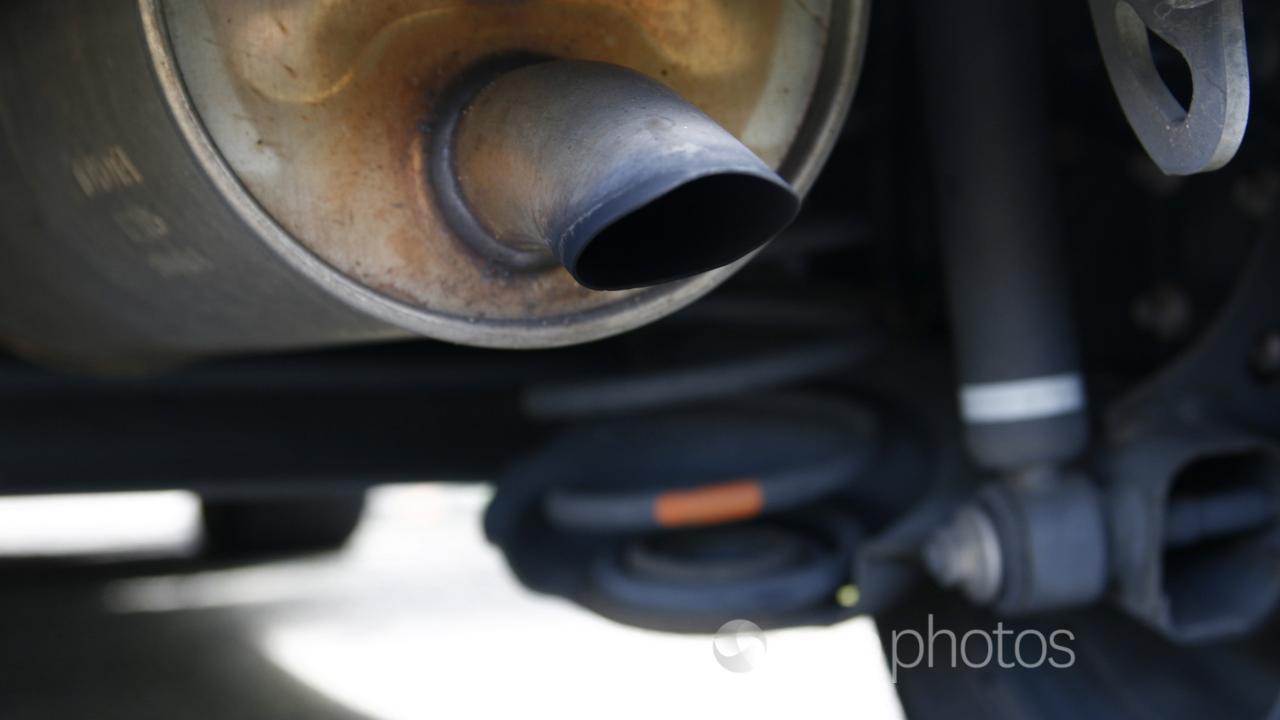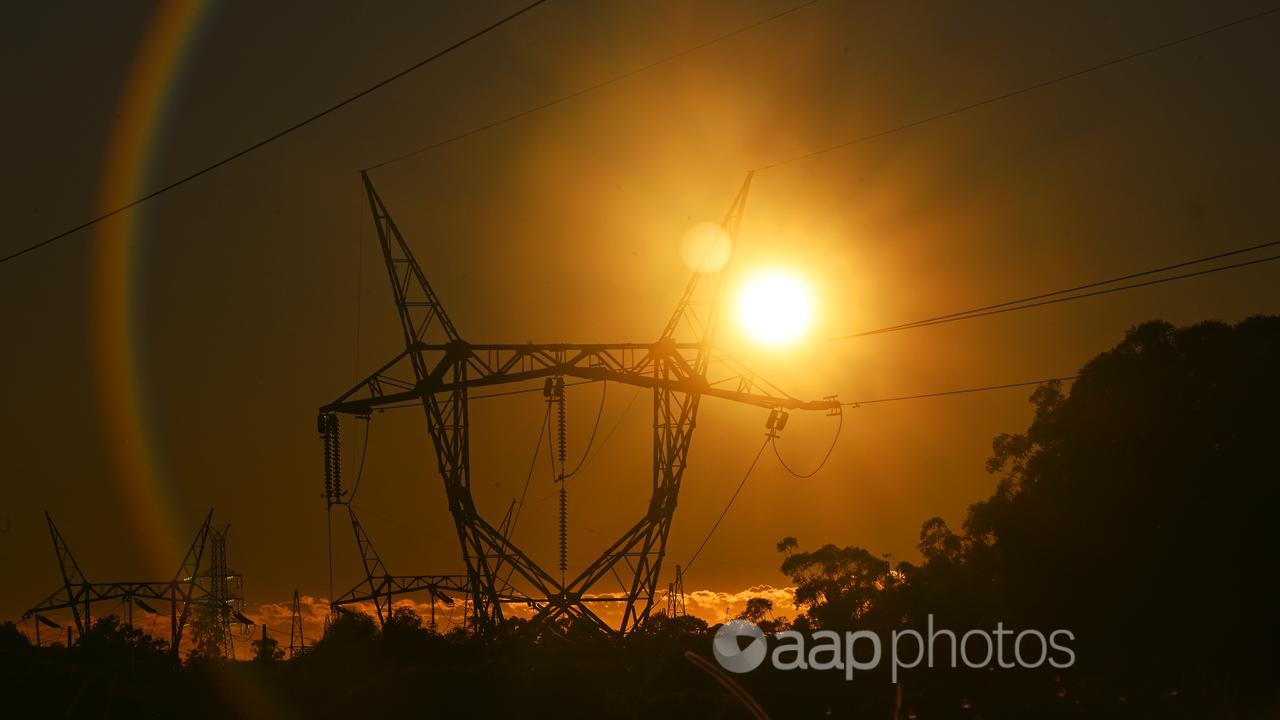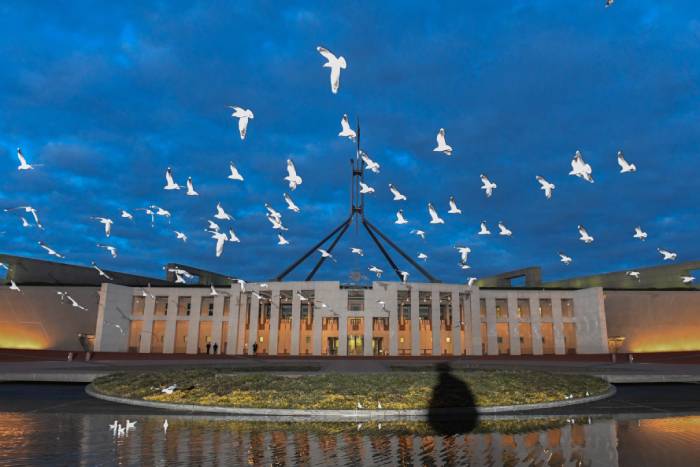AAP FACTCHECK – Politicians from either side of the political spectrum have attacked the Labor government’s record on climate change, saying emissions are now higher than under Scott Morrison, though experts say the claims ignore the impact of COVID-19.
“Emissions are *higher* under Labor now than under Scott Morrison,” Greens leader Adam Bandt posted on X in November.
Meanwhile, in a December press release, Opposition Leader Peter Dutton said: “Under Anthony Albanese, emissions are higher now than when the Coalition left office, proving that Labor’s chaotic renewables-only agenda isn’t just expensive, it’s ineffective.”

But experts told AAP FactCheck the claims omit important context.
They also warned against drawing firm conclusions from comparing emissions between any two years, particularly when the change of government coincided with the transition out of the COVID pandemic.
The coalition was in power from September 18, 2013, until the federal election on May 23, 2022. Scott Morrison was prime minister from August 24, 2018 until that election loss.
Representatives for Mr Dutton and Mr Bandt told AAP FactCheck they were comparing figures for the year to June 2022 with the year to June 2024 from the latest National Greenhouse Gas Inventory, released by the government in November.
The inventory reports on emissions using three sets of figures: actual emissions; a “trend” series; and seasonally adjusted and weather normalised figures, which account for factors such as warmer weather resulting in an increase in electricity emissions.
Mr Dutton’s office referred to the seasonally adjusted data, while Mr Bandt’s office referred to actual emissions figures.
The figures show Australia’s actual emissions were 2.2 million tonnes of carbon dioxide-equivalent (Mt CO2-e) higher under Labor.
This was an increase from 438.4Mt CO2-e in the year to June 2022, to 440.6Mt CO2-e in the year to June 2024.
Seasonally adjusted emissions also increased by 2.2Mt CO2-e over this period.
However, the department’s quarterly update report accompanying the figures said the trend series “provides the best indication of underlying movements” in the greenhouse gas inventory (page 36).
The trend data smooths short-term fluctuations in the seasonally adjusted data which can be caused by extreme weather events including floods or fires.
The trend figures showed a 1.2Mt CO2-e drop in emissions between these two years, from 440.6Mt CO2-e to 439.4Mt CO2-e — although it’s worth noting the year to June 2023 was about 0.5Mt CO2-e higher than 2022.
Looking at individual sectors, actual emissions from transport and agriculture increased between 2022 and 2024.
Emissions from electricity, fugitive emissions (gas and mining-related leaks), industrial processes and stationary energy decreased.
Land-use change and waste emissions flatlined.
Actual emissions generally steadily declined, albeit with some fluctuations, between 2013 and 2020.
This was followed by a significant drop during the COVID-19 pandemic, when actual emissions fell by 35.8Mt CO2-e, or 7.5 per cent, almost triple the pre-COVID rate of decline.
This was predominantly due to transport emissions dropping during lockdowns by around 10 per cent from 2019 to 2021.
The quarterly update report noted that despite fluctuations, annual emissions have “remained relatively flat since 2021” (p9).
It added that while electricity emissions have continued to decline, these were offset particularly by transport emissions increases.
Transport emissions were expected to rebound after COVID lockdowns and to peak in 2024, according to a 2022 report (p30) by government advisory body the Climate Change Authority.
While this report said trend figures for electricity emissions had been steadily falling, they increased in the June 2024 quarter due to “an unusual combination” of factors, namely drier, calmer weather that reduced hydro and wind generation and led to increased coal and gas use (p5).

The Climate Change Authority’s November 2024 progress report noted emissions have continued to trend down at an average rate of 12Mt CO2-e per year since 2006, except for a marked fall during COVID.
Emissions have plateaued since the pandemic (p31), and in 2024 “were broadly in line” with what they might’ve been had COVID not occurred.
However, the report warned that emissions need to come down by 15Mt CO2-e on average per year to meet Australia’s 2030 target.
CSIRO chief research scientist Pep Canadell told AAP FactCheck the marked emissions drop in the tail of Scott Morrison’s leadership was due to the pandemic.
“Wiggles aside, I see largely rather flat emissions over the last four years,” he said.
He added that emissions hadn’t gone back to where they were pre-COVID, which suggested something is currently working to reduce emissions.

Climate change policy expert Philip Adams said any claims the Labor government had made less progress in reducing emissions were wrong.
On average, he said, emissions are lower under Labor than under the previous government.
“Essentially, in raw terms, emissions now are in line with emissions on average during the time of Morrison’s prime ministership.
“However, during the Morrison time there were transient factors working to reduce emissions below what they otherwise would have been.
“On this basis, I would say the assertion is wrong,” Professor Adams said in response to a question about Mr Bandt’s claim.
Sustainability expert Sven Teske said Australia’s emissions had generally continued to decrease, though cautioned against comparing emissions between any two years to draw conclusions.
He said climate policies are mid- to long-term plans so “a single year doesn’t really mean much”.

“The current government has implemented energy policies such as offshore wind clusters and reduced the planning and permit times for utility scale renewable energies such as solar and wind.
“Australia has an energy policy right now – as opposed to the Scott Morrison government, which had none,” Dr Teske argued.
However, Bill Hare, founder and CEO of climate change policy institute Climate Analytics, told AAP FactCheck that Mr Bandt was right to claim there’d been an increase in emissions.
Dr Hare argued that it’s insightful to exclude electricity generation from emissions figures because the market would increase renewables in Australia regardless of policy efforts, so removing this sector gives a better indication of the government’s efforts to decarbonise.
He also said land-use changes and forestry, known as LULUCF, can disguise real emissions trends.
Excluding these two sectors, Australia’s emissions were 1.7 per cent higher in the year to June 2024, compared with that period in 2022.
By contrast, this figure dropped by 3.2 per cent between 2018 and 2022.
“Given the factors mentioned above … Mr Bandt’s statement is not misleading,” Dr Hare said.
“The 0.5 per cent increase that he has used to justify his statement is just the tip of the iceberg of the problem.”

















